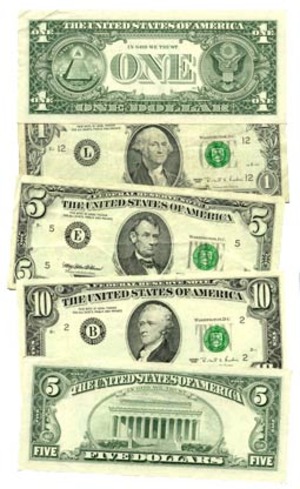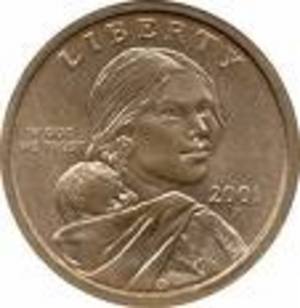Quicken’s savings goals are not just for setting aside money for a purchase. By creatively using Quicken’s savings goal feature, I make sure my spending stays within budget and that I have enough money set aside for annual expenses like property taxes.
As a former accountant, I’m a stickler for having a personal budget and sticking to it. Before personal computers, I used the envelope system to ensure my spending stayed on track. Each month, I put cash into envelopes for various spending categories; an envelope for groceries, for eating out, for utilities, you get the idea. If the envelope ran dry, the spending in that category stopped. If I had money left in an envelope at the end of the month, the extra went into my savings account.
With the advent of personal finance software, those envelopes are gone, but my method is still the same. Each month I allot a certain amount of money for groceries, eating out, and other expenses, only I use Quicken’s savings goals instead of the envelopes. The money stays in my checking account, but I have it earmarked in Quicken and Quicken’s savings goals keep me on budget.
While earmarking the monies in my checking account and strictly accounting for what I spend may seem burdensome, it actually gives me a lot of freedom. When I have money left over, I have extra savings for the month. If I run over budget, as happens in the summer when the electric bill spikes, it isn’t a disaster because I’ve got savings tucked away from the cooler months when I spent less than I budgeted on electricity.
Setting up Savings Goals in Quicken is Easy
To set up a savings goal in Quicken:
- Select Savings Goals from the Planning menu.
- Select New from the Savings Goal window menu.
- Type the name of the Savings Goal – groceries for example
- Type the Goal Amount – for groceries, type the amount you want to spend on groceries that month
- Type the Finish Date – for routine monthly expenses, the finish date does not matter – type a date far into the future.
- Click OK to save the Savings Goal.
Once I have created a savings goal, I make contributions to the goal. The money stays in my checking account, but it is now earmarked for a particular purpose within Quicken. When I spend money, I withdraw the amount I spent from the savings goal to cover the cost. If I am considering a purchase, but don’t have enough money in the savings goal, then I delay the purchase until I have contributed enough money to the savings goal to cover the purchase.
When I Use Quicken Savings Goals
I use savings goals for recurring monthly expenses like groceries and for annual expenses like property taxes. I also use savings goals to save for purchases like our annual vacation.
A Couple of Savings Goal Examples
We have three dogs and the expenses that go with them: food, grooming, and annual vaccinations. Since we live in the country, we have unexpected animal expenses too like the time my little Maltese dog went up against a porcupine and needed 23 quills removed. Coming up with a monthly amount for dog expense was a matter of taking the cost of the annual expenses and dividing by 12 to get a monthly amount, then adding in the monthly food cost plus a little extra for unforeseen expenses. Over time, we accumulate extra in the savings goal set aside for the dogs and can use that to buy them a new toy or even transfer the savings to another savings goal if we need money somewhere else.
It’s easy to get snuck up on when it is time to pay property taxes or any other expense that doesn’t occur monthly. I set up a property tax savings goal and contribute to it each month. After I negotiate a lower property tax bill, (read my article about lowering property taxes) I pay my property taxes with the money set aside over the previous 12 months.
Savings Goals as a Budget Reality Check
It’s one thing to believe we should spend about $300 a month for groceries and another to set that amount as a savings goal and see how it works for a few months. When I kept exceeding the amount in the savings goal, it forced me to look at the grocery store purchases. Turns out I was blowing the budget on non-grocery items like paper towels and toiletries. Once I identified the source of the overage, I changed my shopping. Now I buy paper goods, cleaning supplies, and other non-food items at our local dollar store.
Quicken designed savings goals for just that – saving for a goal like a vacation or a major purchase. Using savings goals to set monthly budget amounts makes good sense. It’s a thrill to have money left at the end of the month and the choice to either keep the money in the groceries savings goal for example, or move the extra into a savings account or even another savings goal – perhaps one set up for a vacation or a new car.





